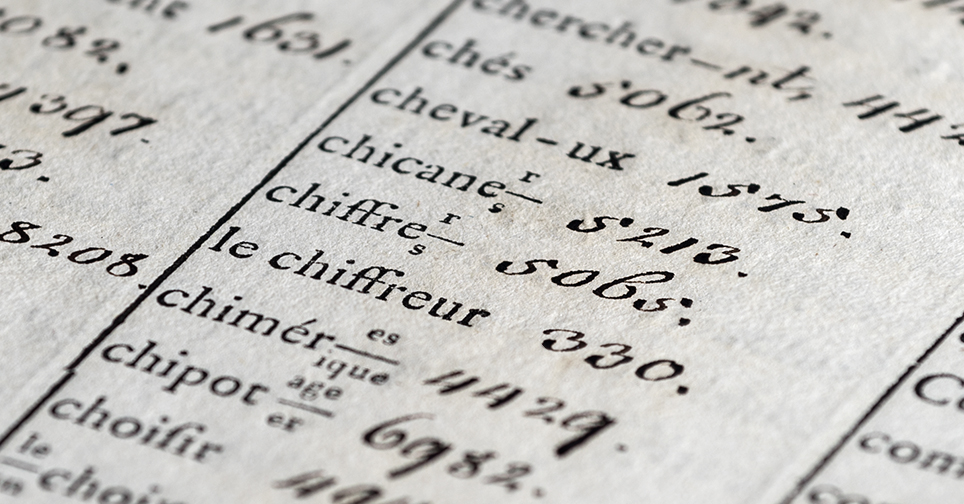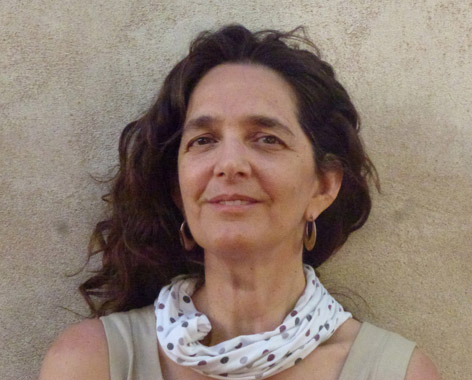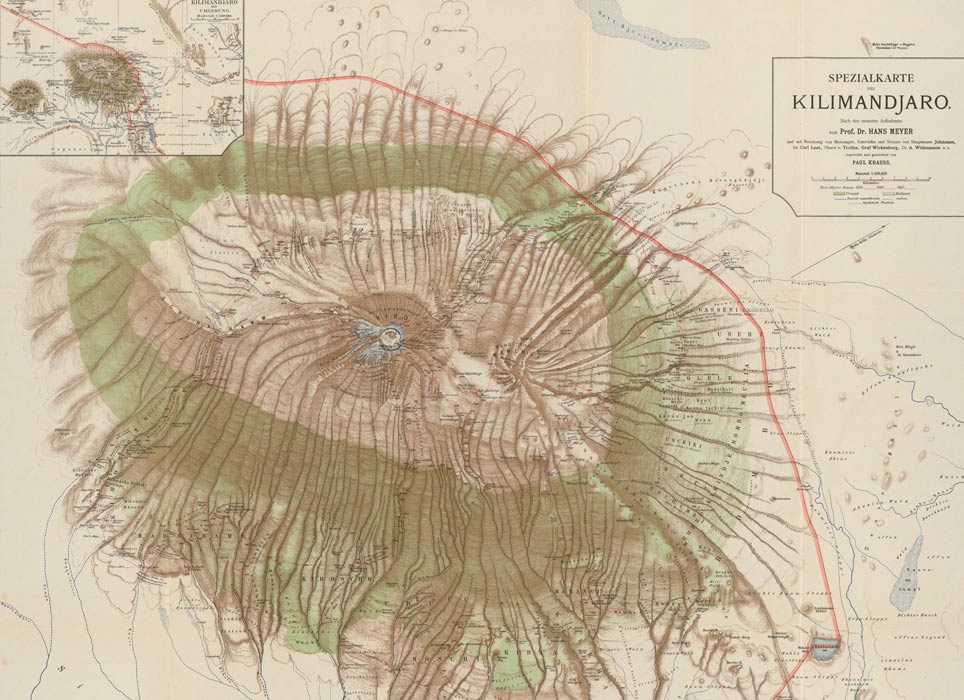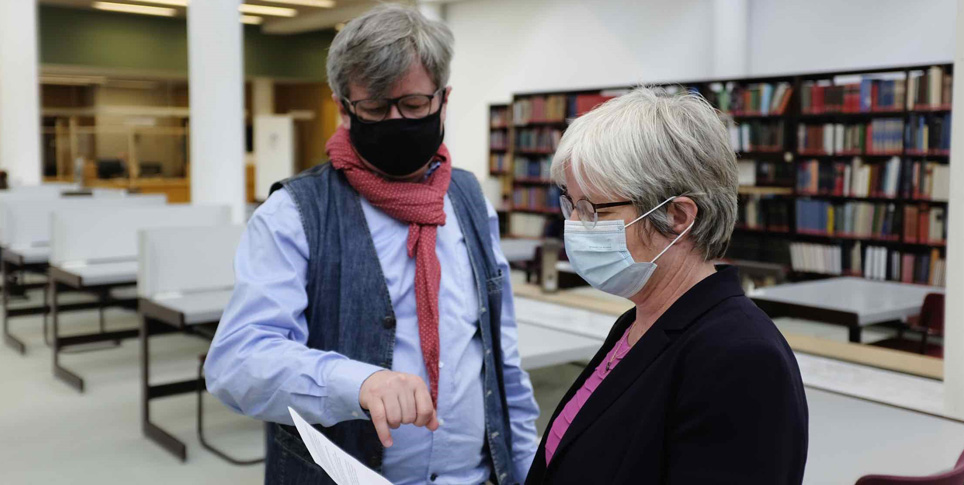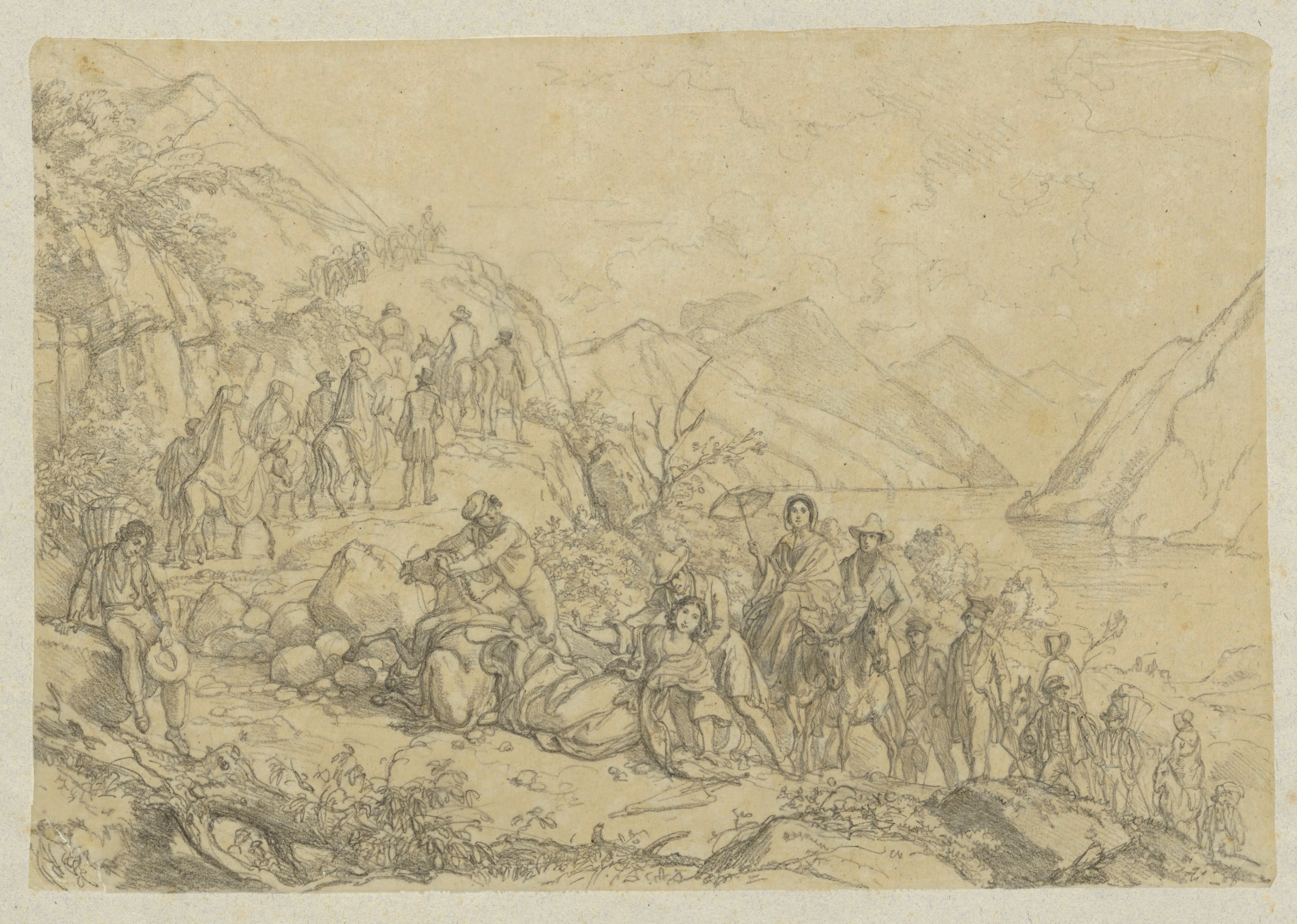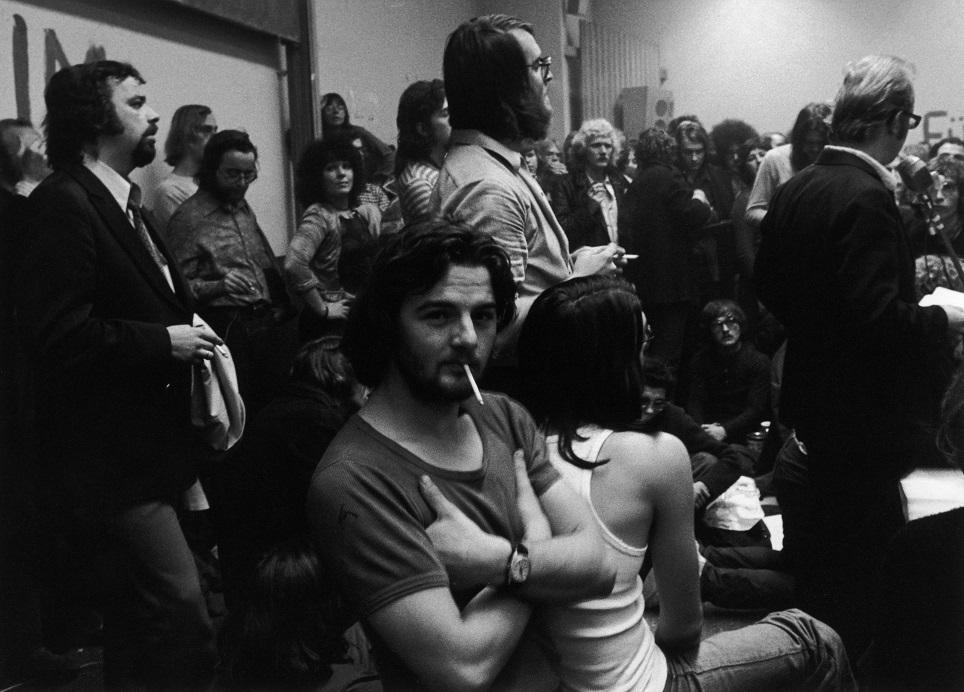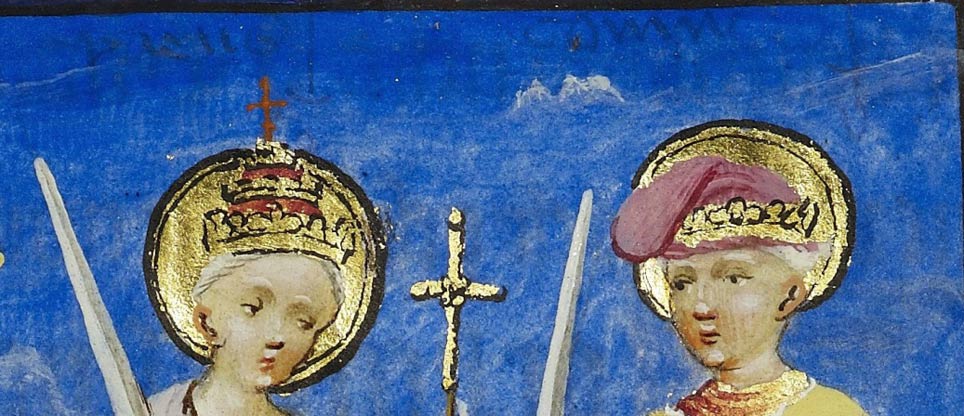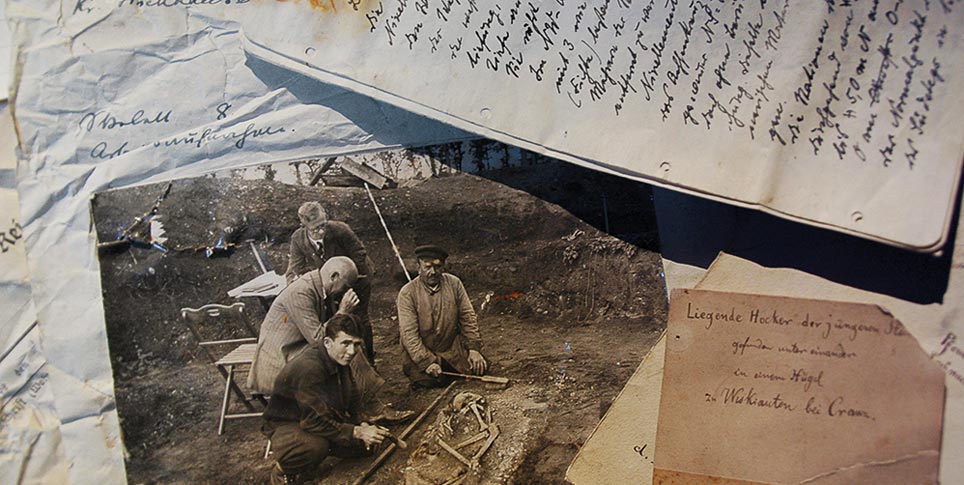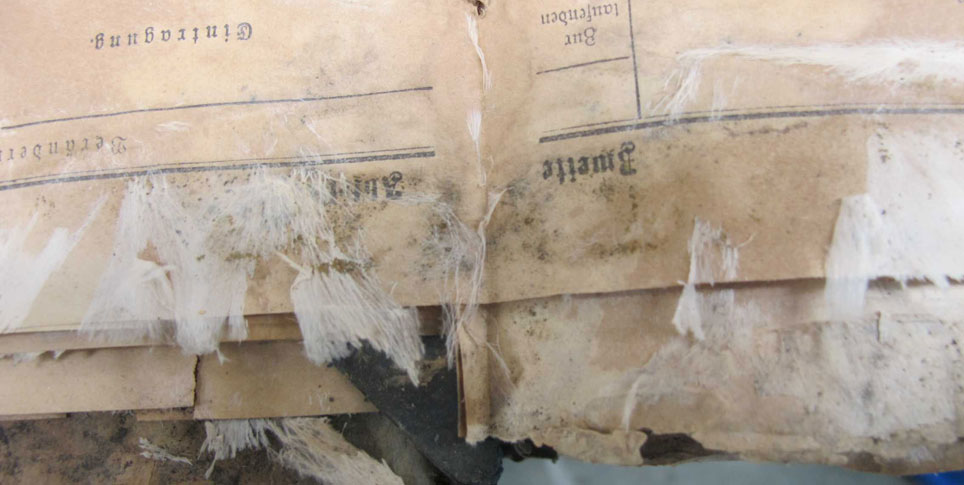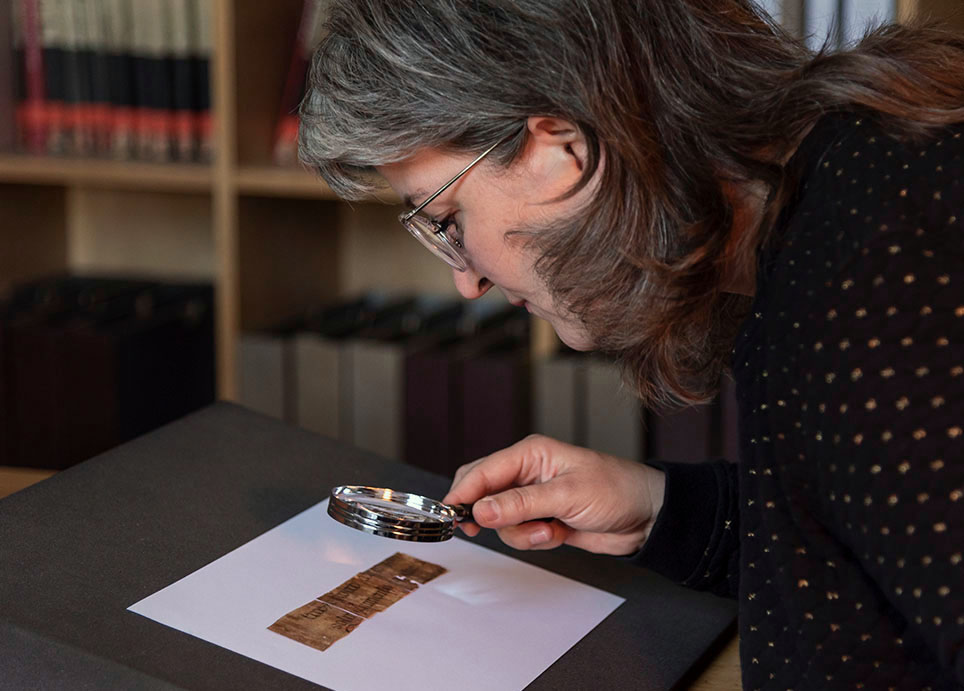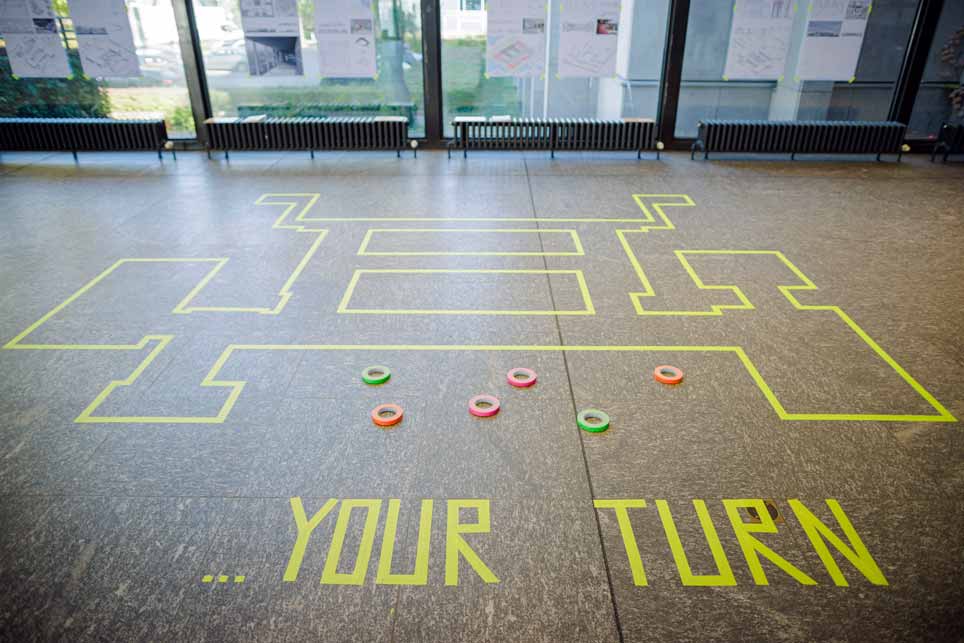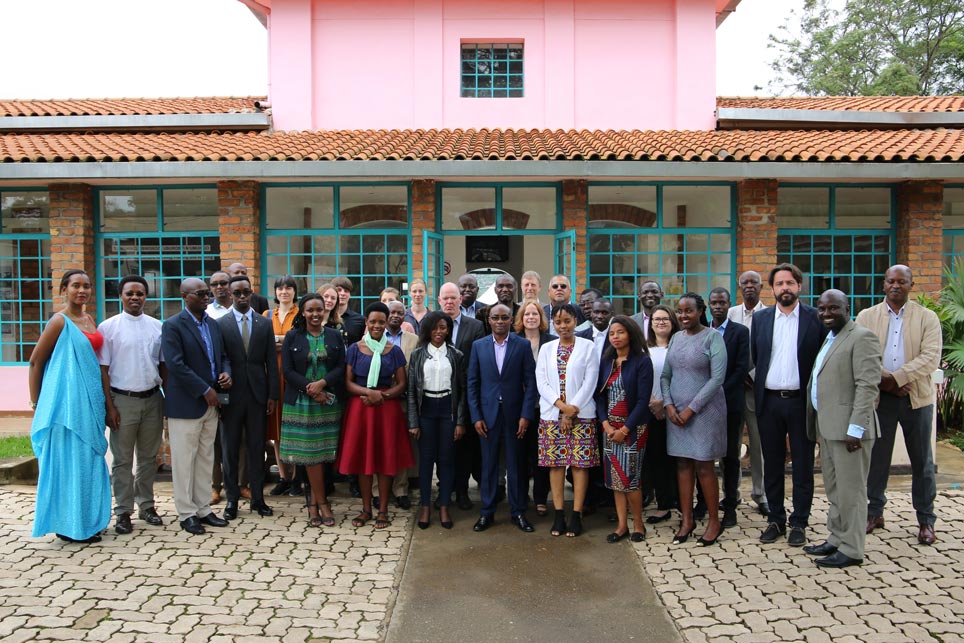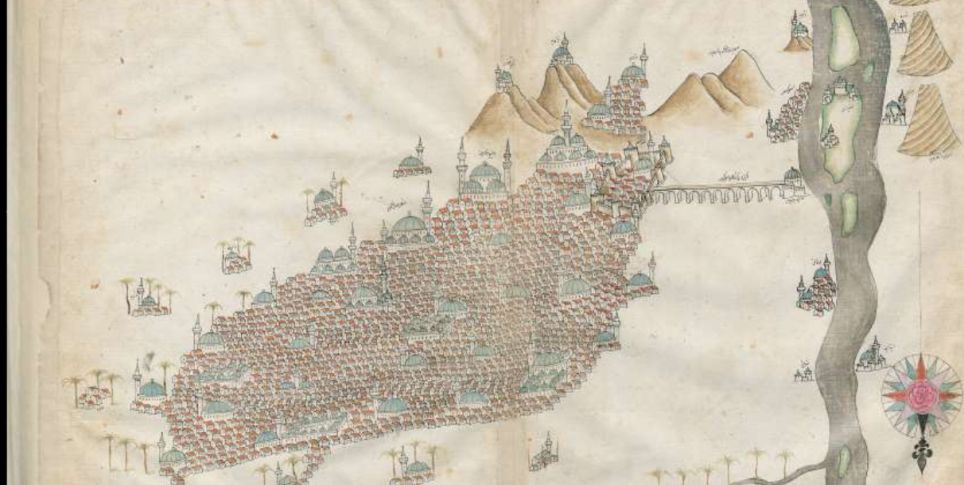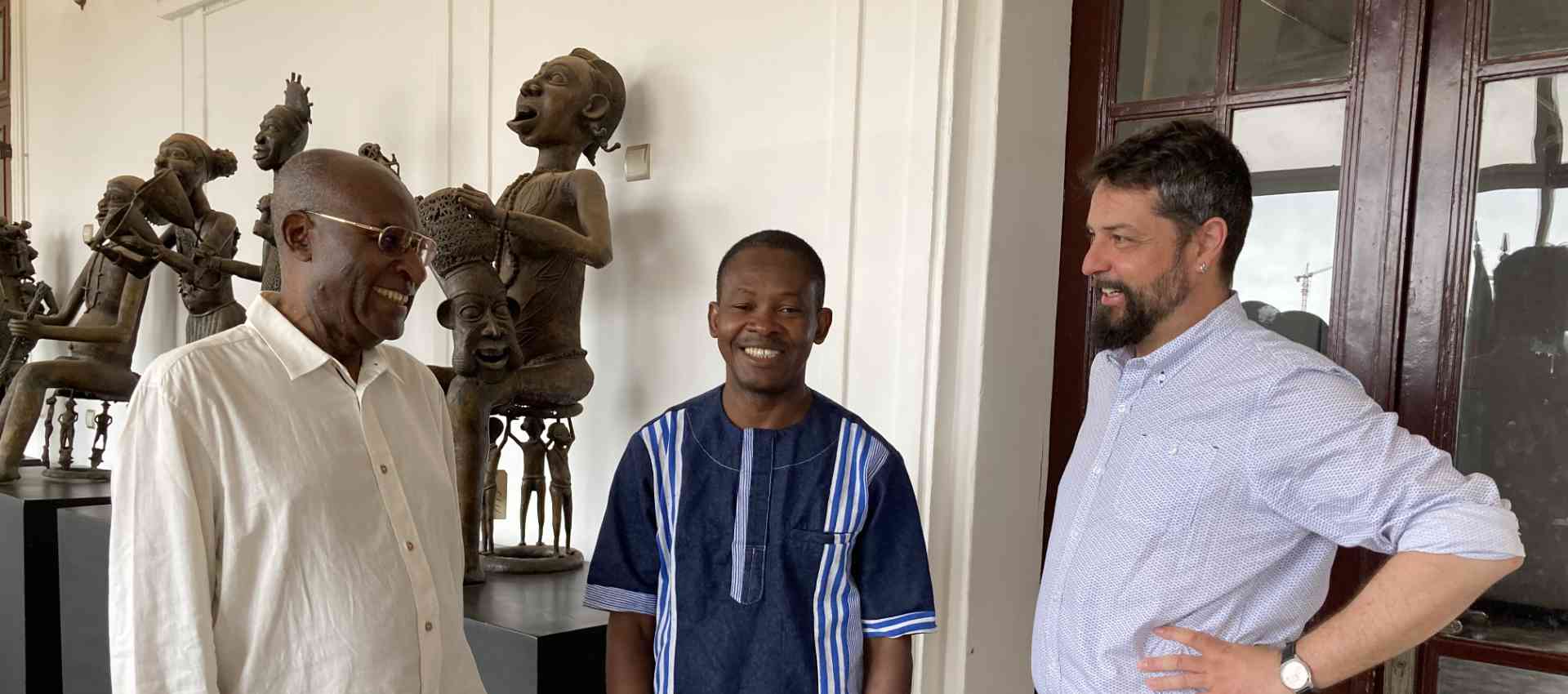Heinrich Friedrich von Diez was an orientalist, diplomat and bibliophile. His collection is one of the most precious treasures of the Staatsbibliothek zu Berlin – and is of great value for research.
He must have been a real jack-of-all-trades, and one who was fairly sure of himself and his genius: in 1784, when Heinrich Friedrich von Diez applied to Frederick the Great to become Prussian chargé d'affaires in Constantinople, he must have felt rather underchallenged at his administrative post in the provincial center of Magdeburg. One problem with the foreign assignment was that he spoke no French, however. Fortunately, the old king was ill at the time, and the audience had to be postponed for three weeks. That gave Diez the opportunity to familiarize himself quickly with the language of diplomats – and he was given the job.

Frederick II was evidently impressed by his imposing features. Diez was tall, dapper and eloquent. He was a young maverick, a rationalist with a zest for polemic who was interested in philosophy, freedom of the press and women's rights, explains Christoph Rauch, head of the Oriental Department at the Staatsbibliothek zu Berlin (Berlin State Library). And Rauch should know; he is responsible for looking after Diez's greatest treasure: many hundreds of oriental manuscripts of Turkish, Arabic and Persian origin.
Portrait of Heinrich Friedrich von Diez (1751–1817) (unknown painter, after 1790) © SBB-PK, Fotostelle
Diez was a passionate collector. He bequeathed his library of more than 17,000 books to the Prussian state. Today, the full collection has been brought together at the Staatsbibliothek zu Berlin, with no omissions. It even includes books on folk medicine. This is a major opportunity for research. "The Diez library gives us a view not just of a certain field but an entire era. It provides information about the mentality at that time and about Diez's personality," says Rauch.
Listening to him, one quickly understands that the Staatsbibliothek zu Berlin and its large Oriental Department are not just places where literature is acquired, cared for, and now, of course, converted to digital form. Rauch and his coworkers also take an in-depth look at the history of the collections they deal with. They want the answers to questions like: How did the manuscripts end up in Berlin? When, where, and from whom were they purchased, and for how much? And, above all: Why? This research into the collection’s context opens up new perspectives. "We can provide new impetus for scholarship," says Rauch.
This applies to the other collections at the Staatsbibliothek too, but especially to the Diez Collection. Heinrich Friedrich von Diez was a colorful personality. For six years, he resided in the Brandenburg Palace in Constantinople, an imposing building in what is now Istiklal Caddesi, the main street of the Pera district. Some thirty servants tended to his every need. At his first audience with the Grand Vizier, he was dressed in gold. Later, he was even granted a personal bodyguard of Janissaries, the Sultan’s household troops. He esteemed the Turks very highly – more than their Russian neighbors – and this ultimately led to his recall by the government in Berlin, which worried about upsetting the balance of power. These were busy years, and he used them to acquaint himself thoroughly with Ottoman culture, to learn Turkish and, "through close contact with the Turks ... and by reading their books, to get to know this people's actual customs, principles, perceptions, thoughts, knowledge, virtues, and vices," as he wrote in a letter in 1791.
Diez amassed a considerable amount of wealth – likely by issuing the much sought-after Prussian passports and commercial letters – and he used it to purchase his books and manuscripts, some of which were quite precious. He was skillful in his acquisitions: when Sultan Selim III took power in 1789 and the members of the harem in Topkapi Palace were replaced along with other personnel, Diez saw the opportunity to purchase albums containing 450 miniatures, drawings, and calligraphic works – today one of the most important collections of Persian-Mongolian visual art. After his recall from Constantinople, he was active as an independent scholar. He translated and edited the original source material with the clear objective of making oriental culture accessible to Europeans.
Diez became an important expert on the Orient who had a significant influence on the intellectual life of his time. He was concerned not so much with the religion of Islam as with politics, law, ethics, culture – and even topics like the cultivation of tulips. He attached importance to the fact that his knowledge came not only from books, but from his own life and personal experience. Diez built up a reputation as an orientalist and was later even admitted to the Prussian Academy of Sciences – an unusual honor for someone like him, a self-taught scholar who did not belong to the academic establishment and was therefore not initially held in high regard by many specialists of his day.
Conference proceedings about Heinrich Friedrich von Diez
- Conference proceedings „Heinrich Friedrich von Diez (1751–1817) Freidenker – Diplomat – Orientkenner“
- Full text version for registered users of the Staatsbibliothek zu Berlin
He might have sunk into oblivion had it not been for Goethe: for the doyen of poets, Diez was an important source of inspiration. In his poetry collection West-östlicher Divan (West-Eastern Divan), he mentions Diez by name. Goethe calls him an "inestimable man to whom I am indebted for so much instruction." As a sign of his gratitude, he even dedicated a poem to Diez.
For a long time, little attention has been paid to the numerous sources on the life and works of this unusual scholar, says Christoph Rauch of the Staatsbibliothek zu Berlin. Yet experts like Diez who were not integrated into the world of institutionalized learning can make an important contribution to our understanding of how the Orient was viewed at the time. Now, research into Diez is finally making progress. The first major event was an international conference, held in Berlin, on the magnificent albums from the Sultan's palace. More recently, scholars from a variety of disciplines turned their attention to Diez's life and his many different interests. Both of these conferences received generous support from the Fritz Thyssen Foundation.
A book has now been published on the most recent gathering. New research views the various phases in Diez’s life not as discrete intervals punctuated by breaks but as a continuous process of development: Diez, the young freethinker, then Diez, the diplomat and authority on the Orient, and later Diez, the devout Christian. To bring more insights to light, Rauch intends to work with Arne Klawitter, Professor of German Literature in Tokyo, on publishing a full edition of the correspondence of Heinrich Friedrich von Diez, who was a very prolific letter-writer. The work is sometimes arduous, says Rauch. Diez did not write very legibly. But who would have expected otherwise of such an idiosyncratic thinker?




